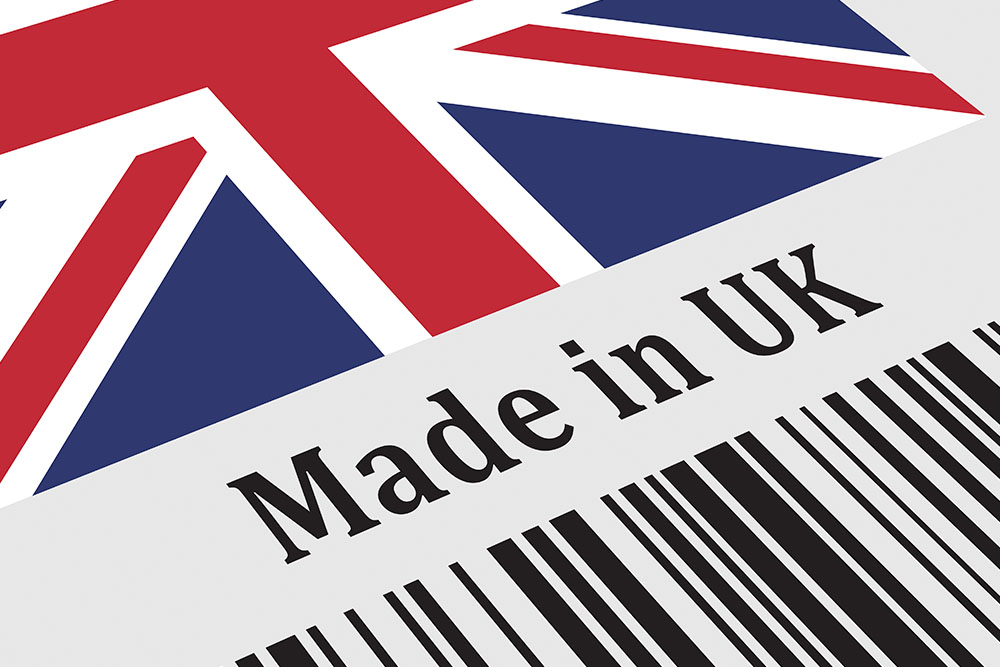What the Autumn Budget means for the logistics sector
04 Nov 24
Read more →

As the process of reshoring (returning manufacturing back to the UK) shapes the future of UK business, firms will need to adapt to this sudden economic shift. In an industry ravaged by material shortages, factory shutdowns, empty shelves and late deliveries – emerging digital technology is perhaps the best way to moderate supply chain afflictions.
In this week’s blog, we’re exploring the key factors driving manufacturing back into the UK, and the software operators can use to acclimatise to the rapidly changing landscape.
Britain is currently the ninth largest manufacturing country in the world, producing £183bn of products and employing 2.5m people. Since Brexit has complicated international trade, particularly with Europe, this figure is expanding exponentially.
After the end of the Brexit transition period on December 31 2020, 5% of UK businesses overhauled their supply chains. The ONS data revealed that more than half (58%) of which have changed supply chains and are now using more UK suppliers since the country’s departure from the EU.
While the situation with Brexit remains unpredictable and there is no quick fix, fundamentally rethinking the design of the country’s logistics network may be the long-term solution. As the UK supply chain becomes more insular, some of the smartest companies are already adapting to localised shipments by using a Transport Management System (TMS) to enhance transport planning and optimisation.

Although the pandemic continues to disrupt other areas of the world, in the United Kingdom it appears as though the worst days are finally behind us. However, businesses have learned many harsh lessons from the economic hardship instigated by COVID-19.
During the first months of the pandemic, there was an initial increase in UK manufacturing, peaking around March. This represented the attempt by British companies to mitigate supply chain risks by reshoring their manufacturing back to the UK.
Two years later, countries are struggling with the coronavirus – notably, Asia remains in the midst of a deadly wave (see our previous blog). This reiterates the need for UK business to opt for a more localised manufacturing process.
Exploring how advanced digital technologies can facilitate the smooth flow of goods and services will need to be top of the list in 2022. With practices changing significantly, manufacturers large and small will need to make data transparent, sharing vital insights – allowing the supply chain to cohesively adapt.
Finally, as a result of Russia’s invasion of Ukraine, UK manufacturers are witnessing a significant increase in prices, undermining the progress achieved in repairing the global supply network. In February, UK factory production jumped amid rising domestic demand, fewer raw material shortages and easing global supply chain pressures.
According to research from Digital Catapult, strengthening the supply chain is a priority for nearly two thirds (64%) of manufacturing professionals. Cloud, predictive analytics and Internet of Things (IoT) are top tech investment priorities for manufacturers in next 12 months.

The changes made to supplier bases may help with future shocks. The desire to reduce offshore supply implies businesses in the UK will minimise risks from trade disruption. This will make the country’s supply chains more resilient in the wake of EU exit, the coronavirus pandemic and Russia’s invasion of Ukraine.
Of course, success is dependent on businesses upgrading their infrastructure. Without the latest technology, the consequences are clear: firms will miss out on opportunities to address underlying risks, avoid financial losses and make strides in resilience, sustainability and efficiency.
Now is the time to get your business in-gear with an intuitive TMS, ePOD and WMS solution. Try our free demo and get started with TrackTrans today.
See how TrackTrans can be tailored to your business with no obligation. Simply complete the form and a member of our sales team will contact your directly.